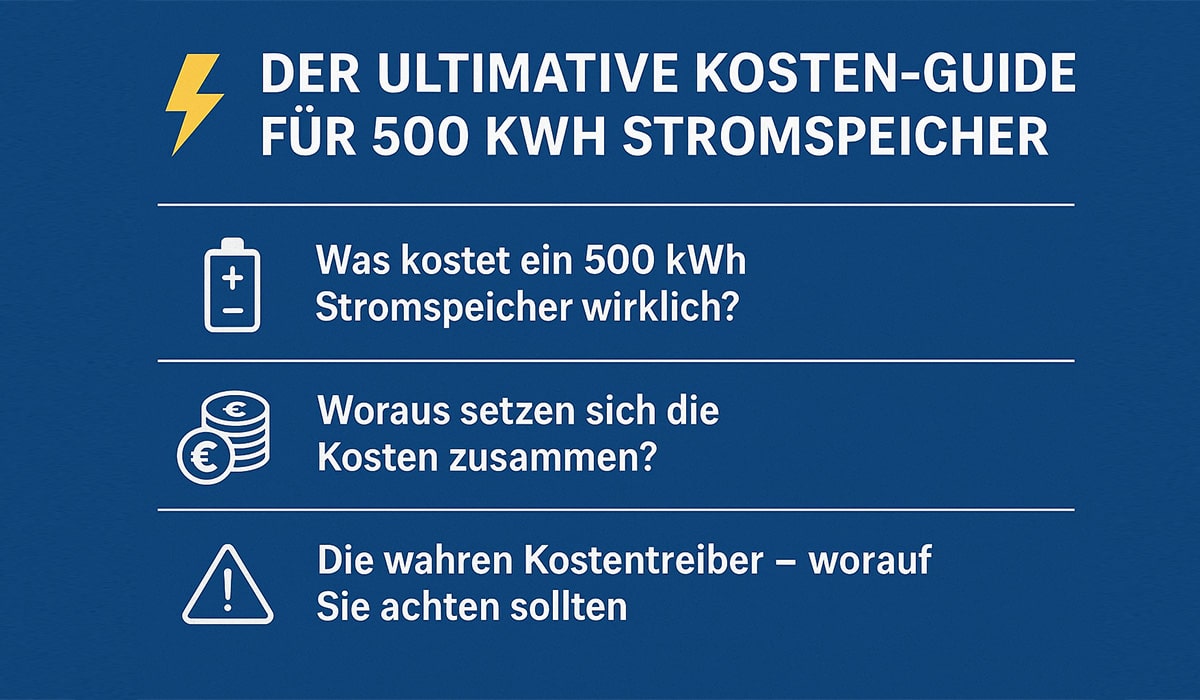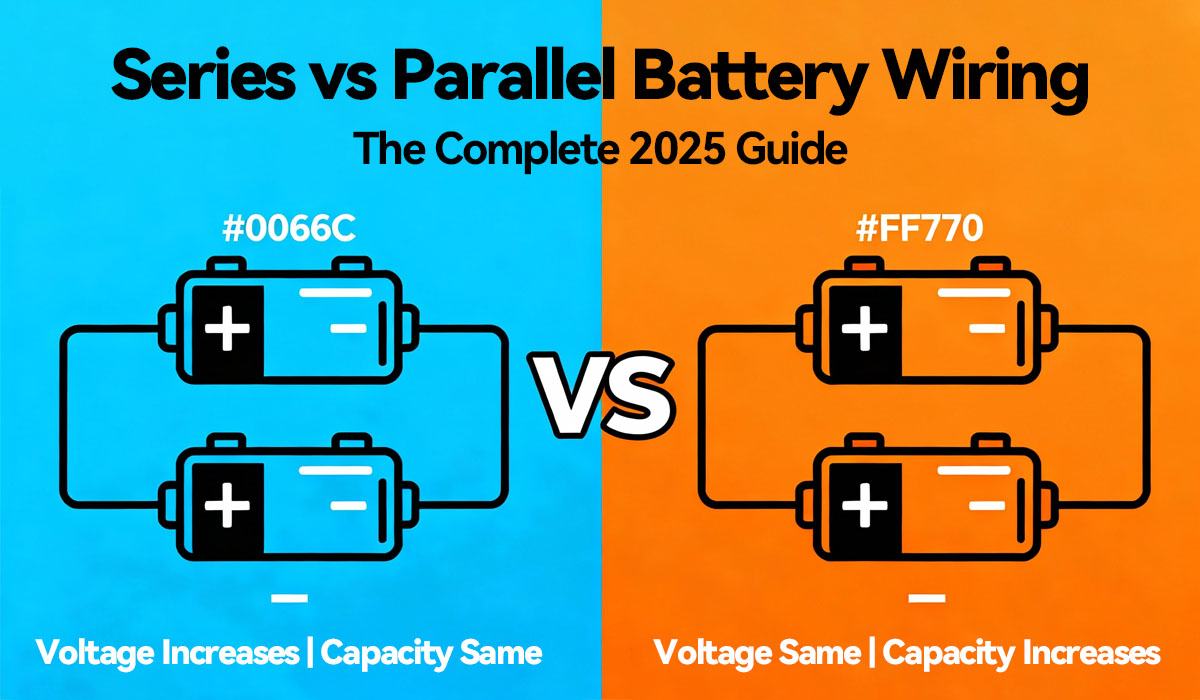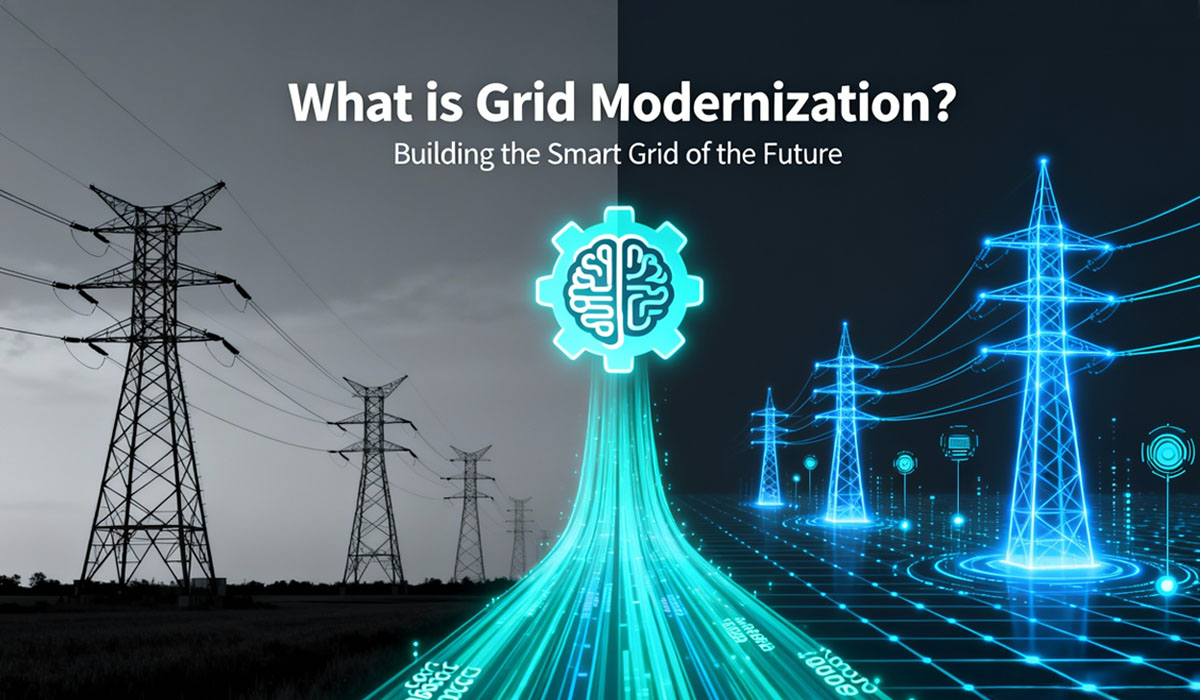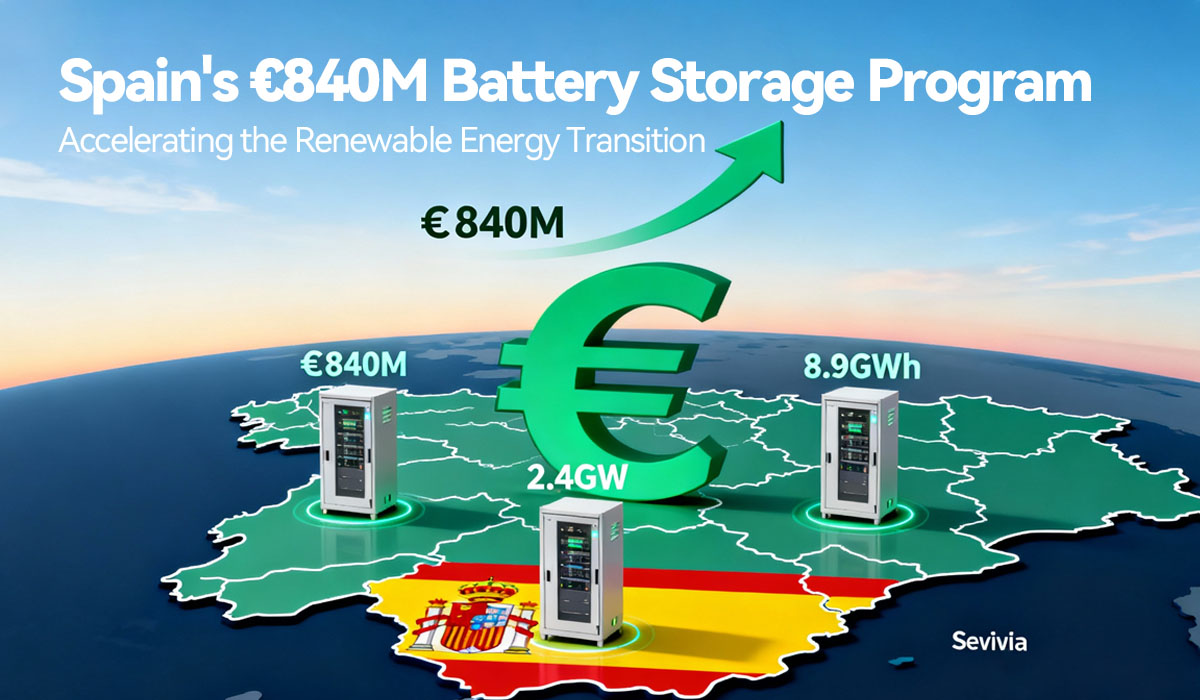Blog
Blog
Solar Panel Output Per Square Meter
Published by Dawnice, April 30, 2025
Solar panels have become a cornerstone of renewable energy, but many wonder: How much power can a single square meter of solar panels actually produce? Let’s break down the science behind photovoltaic efficiency.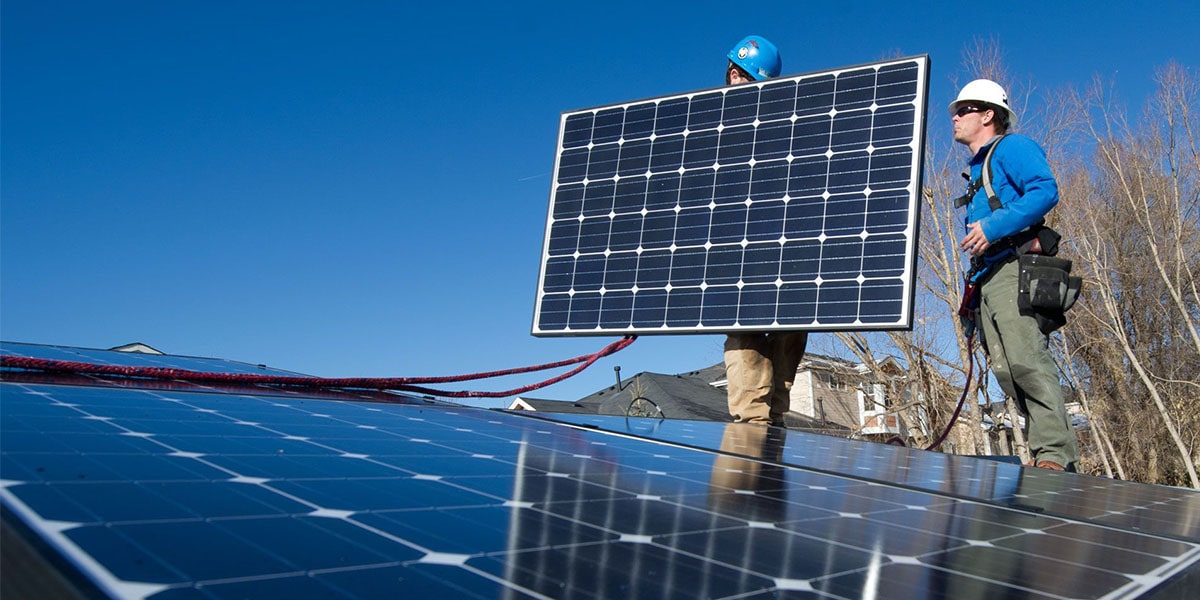
Part 1: The Power Equation
Power Density
- Standard polycrystalline panels: 150-200W/m² (≈14-19W/sq.ft)
- High-efficiency monocrystalline panels: 220-300W/m² (≈20-28W/sq.ft)
- Cutting-edge lab prototypes: 400W+/m² (achieved with tandem cell tech)
Daily Energy Output
Under optimal conditions (5 peak sun hours):
- 1m² standard panel: 0.75-1kWh/day
- 1 sq.ft: 0.07-0.09kWh/day
Instantaneous Output
At noon under direct sunlight:
- Monocrystalline: 0.22-0.3kWh/hour per m²
- Polycrystalline: 0.15-0.2kWh/hour per m²
*Note: 1m² = 10.76 sq.ft; values rounded for clarity*
Part 2: 5 Key Factors Affecting Efficiency
▌ Sunlight Intensity
- Equatorial regions yield 40%-60% more power annually than high-latitude areas
- Cloudy days reduce output by 50%-80%
▌ Panel Technology Comparison
| Type | Efficiency | Power/m² | Key Features |
|---|---|---|---|
| Monocrystalline | 20%-23% | 220-300W | High efficiency, durable |
| Polycrystalline | 15%-18% | 150-200W | Cost-effective solution |
| Thin-film | 10%-12% | 80-120W | Flexible, better low-light performance |
▌ Installation Precision
- Optimal tilt angle = local latitude ±5°
- 15° orientation error = ~3% power loss
- Regular cleaning boosts output by 5%-15%
▌ Temperature Impact
- Efficiency drops 0.4%-0.5% per 1°C rise
- Advanced cooling systems can improve annual yield by 8%-12%
▌ Shadow Penalty
- 10% shading can cause 50% power loss
- Micro-inverters mitigate this issue effectively
Part 3: Future Tech Breakthroughs
1. Tandem Solar Cells
Multi-layer designs absorbing full sunlight spectrum: Lab efficiency reached 39.7% (2023 data), projected for commercialization by 2030.
2. AI-Powered Tracking
Dual-axis trackers with machine learning algorithms boost annual yield by 35%-45%.
3. Building-Integrated PV (BIPV)
Solar roof tiles and transparent panels achieving 15%-18% efficiency while maintaining aesthetics.
4. Storage Synergy
Pairing with next-gen solid-state batteries increases self-consumption rate from 30% to 80%+.
Part 4: Real-World Applications
▌ Residential Rooftop Example
- 20m² roof (215 sq.ft)
- 4kW system installation
- Annual output: 5,000-6,000kWh
- Powers 80% of a 4-person household’s needs
▌ Commercial Solar Farm
- 10,000m² installation (107,600 sq.ft)
- 2MW system capacity
- Annual generation: 2.4-3 million kWh
- Equivalent to offsetting 1,800 tons of CO₂
Conclusion
Solar panel efficiency is improving at 1%-1.5% annually. With smart system design and emerging technologies, modern photovoltaic systems can outperform theoretical estimates, delivering clean energy more effectively than ever.
Food for Thought:
When panel efficiency reaches 30%, a 100m² roof could generate 50,000kWh/year – enough to power 20 average homes. The solar revolution isn’t coming; it’s already here.

